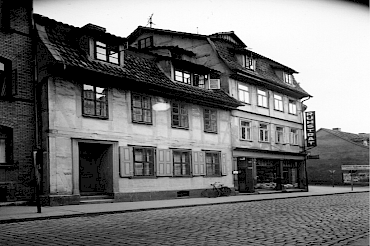The revolution of engineering
1896 − in this year the Ruhstrat brothers, together with the later Nobel Prize winner in chemistry, Professor Walther Nernst, built the very first resistance-heated high-temperature furnace for melting metals. Just two years later, Ruhstrat received orders for the industrial production of high-temperature furnaces for temperatures up to 3,000 °C.
Since then, we have been developing and manufacturing customized high-temperature industrial furnaces, which are used for the heat treatment of a wide range of materials and are of interest to various industries.
Year after year, we have further developed and optimized our product and service portfolio as well as our process technology. In doing so, our employees and customers work hand in hand to jointly find an individualized solution approach for our customer's production process and thus build a long-term and trusting business relationship.





















